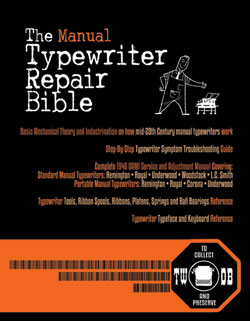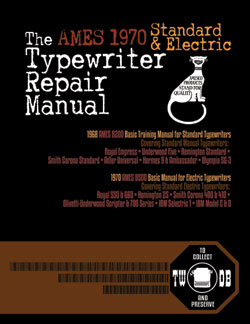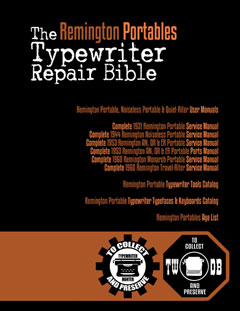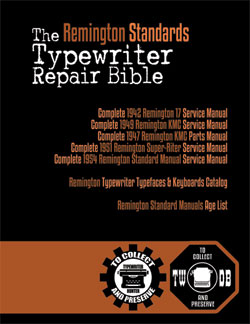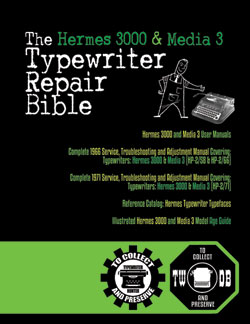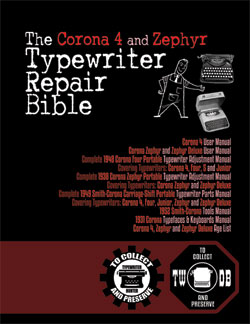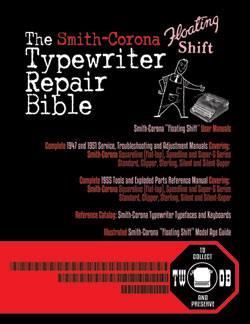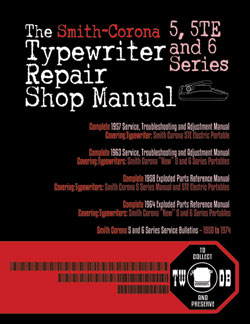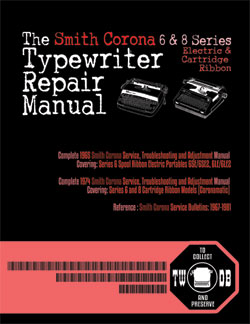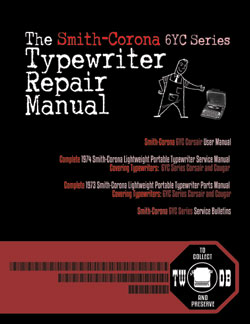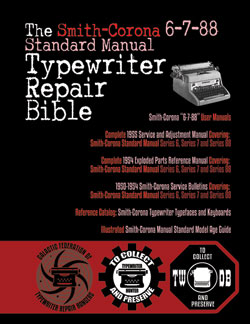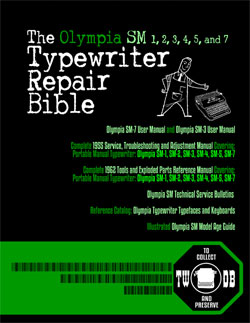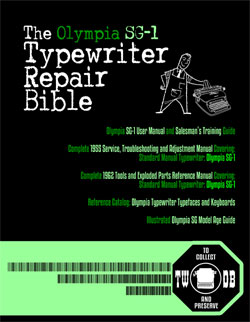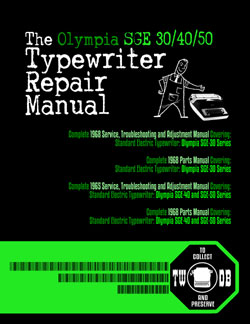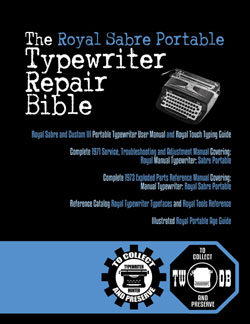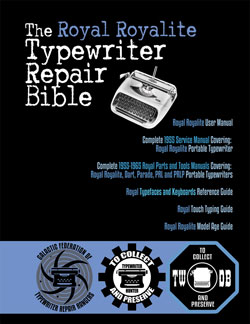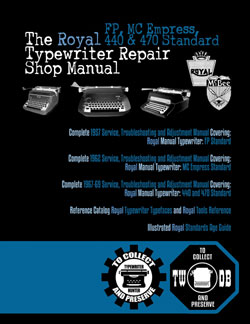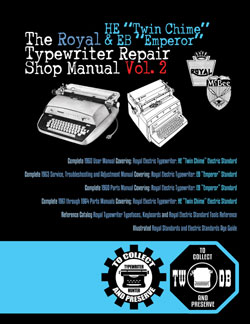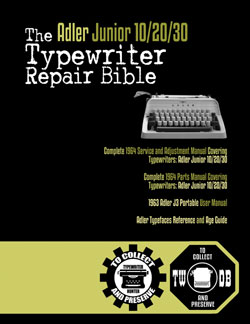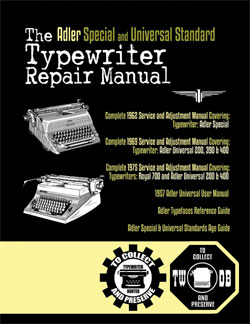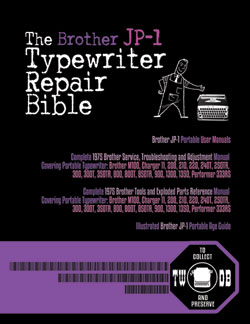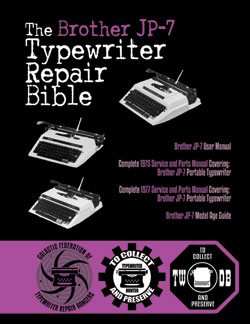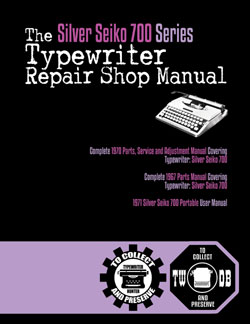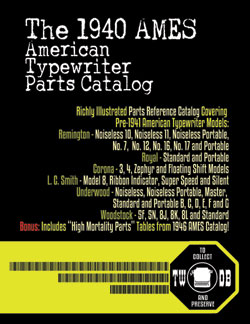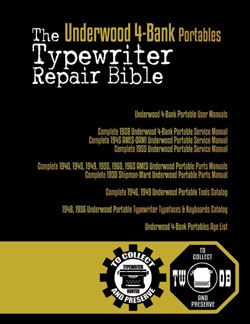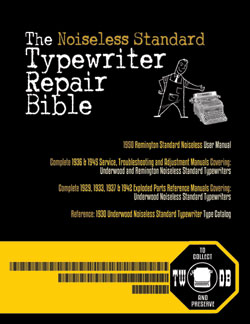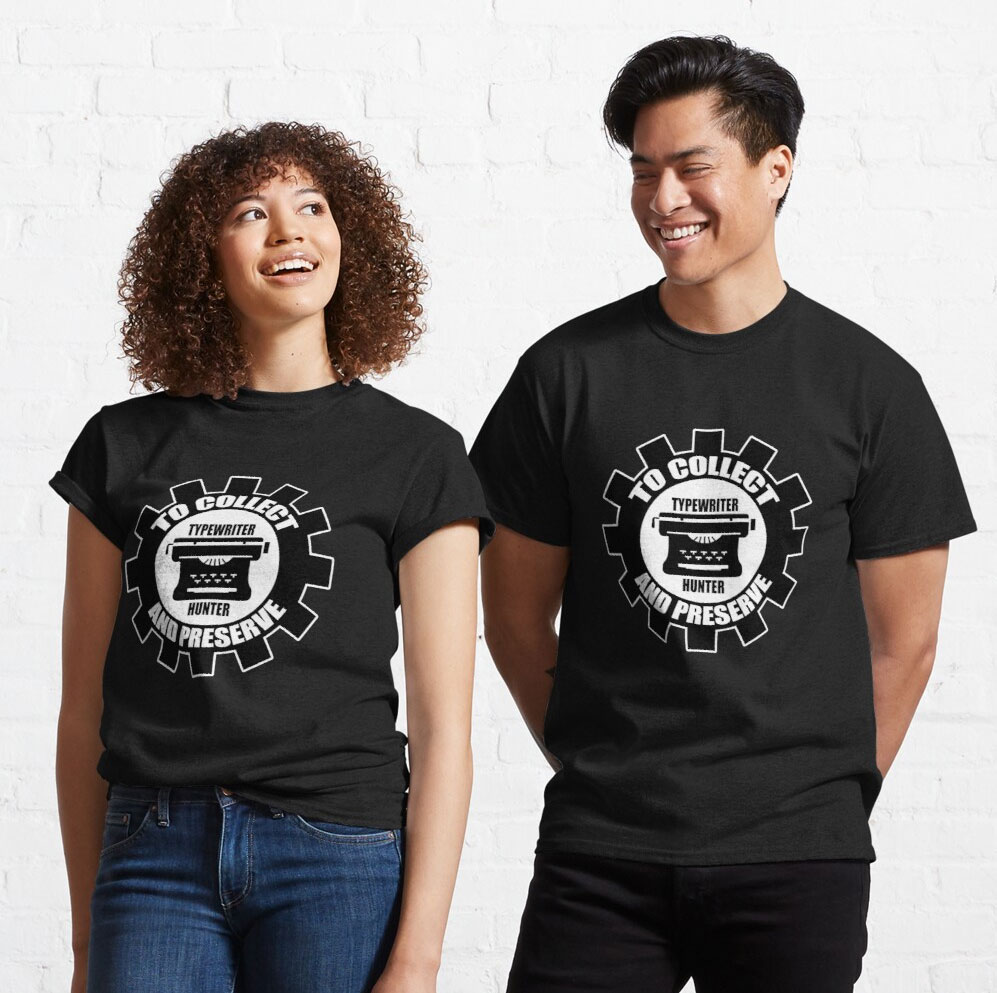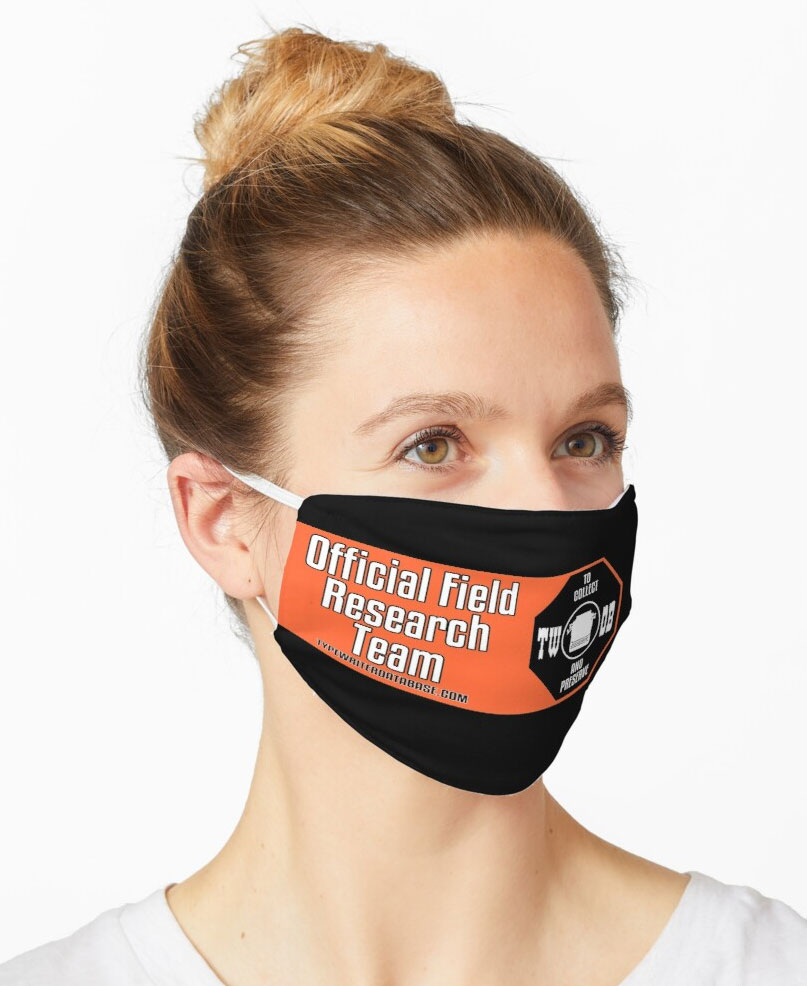1938 Continental 100 #R305819
Status: My Collection
Hunter: Plante and Doole-Fisher Typewriters (venneburgtypewriters)
Created: 04-03-2019 at 12:02PM
Last Edit: 04-03-2019 at 12:03PM
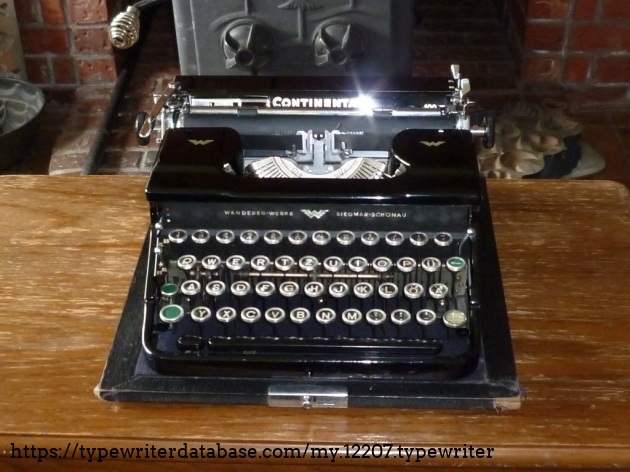
Description:
The Continental 100 Typewriter was a machine manufactured by Wanderer-Werke, a company renowned for the production of cars, motorcycles and other vehicles, including military trucks during the second world war. Wanderer-Werke went defunct after the conclusion of WWII, and it's factory demolished, due to it's involvement in Nazi business. The company employed Jewish slave-laborious to put together the military trucks acquired by the Nazi's in the 1940's. After the fall of the Nazi empire, in an attempt to erase any organization that might have Nazi links, Wanderer-Werke was closed in 1945. This particular Continental 100 is a late production of this model, having been made in late 1938, manufactured in Germany and then sold in a typewriter shop in Bratislava, Slovakia according to the shift-key. The Austrian Anschluss had already occurred earlier that year, and Bratislava was also partially annexed in that event. Sean and I bought this typewriter along with a batch of other machines, of which two we believe came from the same area as this Continental does. A Triumph and a rare Hermes-rebranded FK Mala, which was a Polish made typewriter in 1939. Historically, it would've been interesting to know where these machines have been and what they encountered. But that is information that is very likely buried forever. From a mechanical stand-point, this typewriter is very pleasant to use. It has various unusual mechanisms, to operate otherwise fairly conventional functions. The Tabulator and margins are set from the same switch, which acts as a "gear-box", being able to operate two functions from 4 positions. It is located on the left of the key-board, and works by determining placement of the leaver in a particular slot. The margins on this machine, instead of being a slider, are in fact set from the same teeth-rail that the tabulator stops are set from. Therefor, it is possible to set infinite margin-stops. The machine is also fitted with a tab/margin 'all-clear' leaver that is located on the carriage. Aside from this the typewriter has a control-resistor on the main-spring that is engaged when one operates the tabulator, which is located next to the space-bar. The carriage-release is oddly placed, located where one would expect the paper-release. But you do get used to it's placement. Aesthetically, the typewriter is very well designed, with the body style, and decals that give it such as German robust feeling. It definitely looks "Nazi-era". Alas, it was exposed to moisture for a certain period of time, and the paint has been fairly damaged by corrosion. But the rust was limited to the body-panels only. Mechanically it was not affected. And it has plenty of scratches and swirl-marks from when someone probably tried dusting it down using a cloth that had sand or something similar in it. But in the right light, you can hardly tell. In conclusion, I am happy with this acquisition. It is a machine of a nature that you do not come across here in Canada. It most definitely was imported at some point in it's life. And even though I'd be dying to know what it's history holds, it is a tale to never be told again.
~ Dirk
Typeface Specimen:
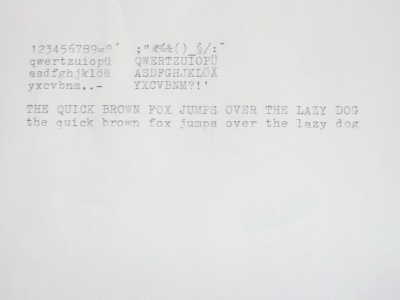
Photos:
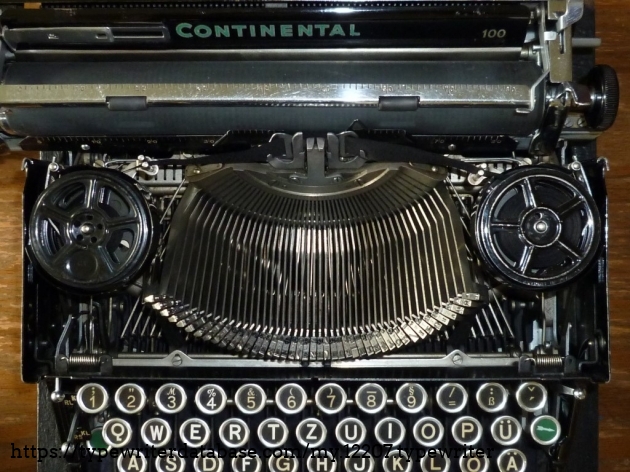
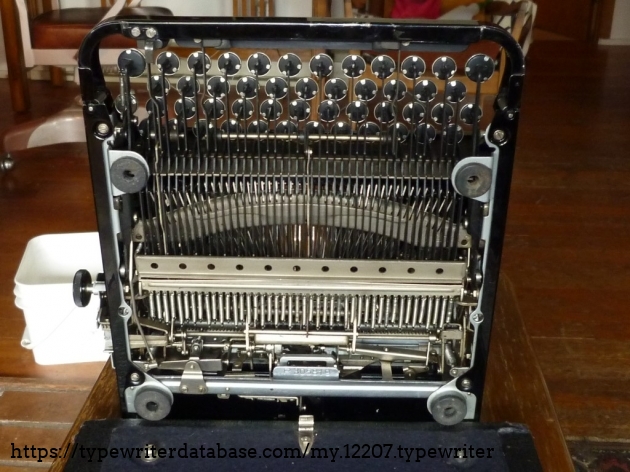
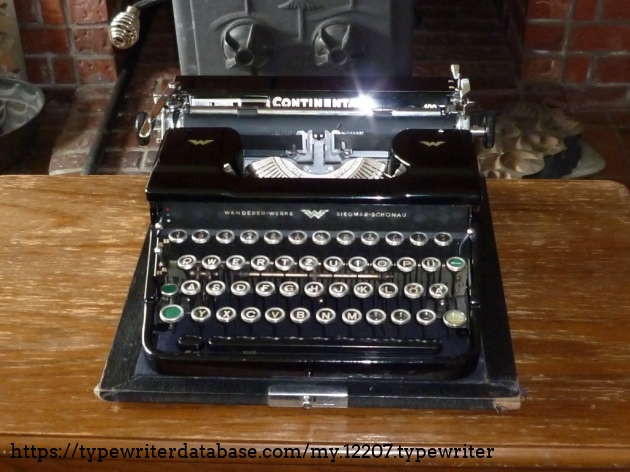
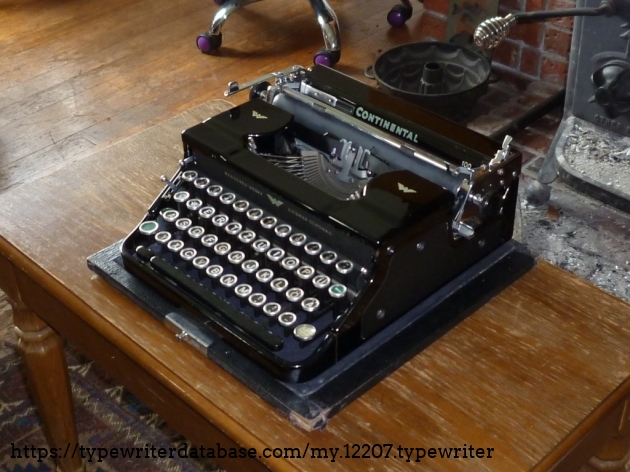
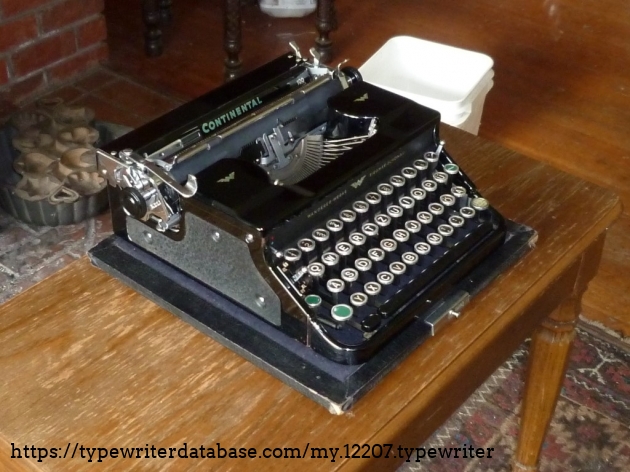
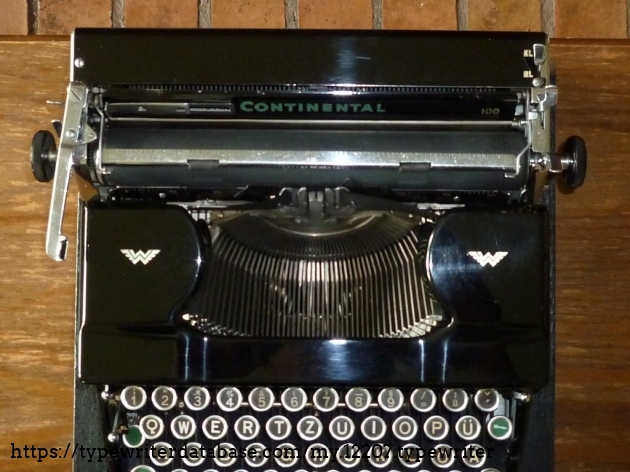
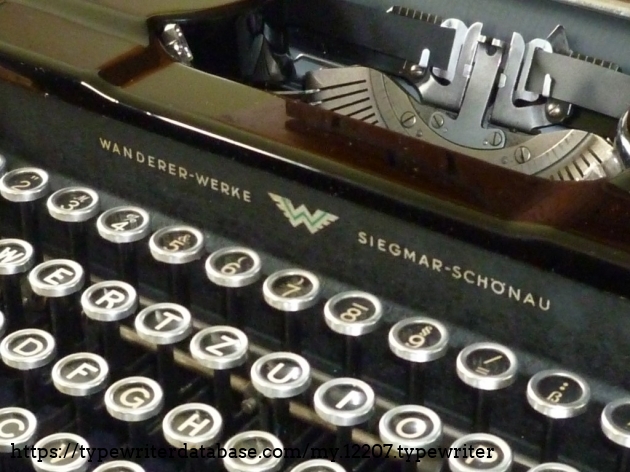
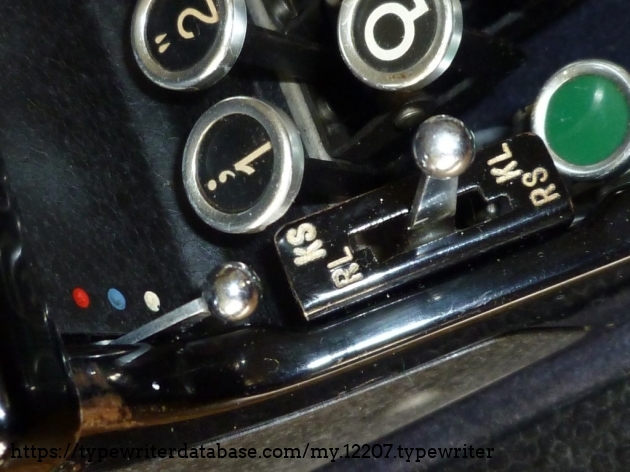
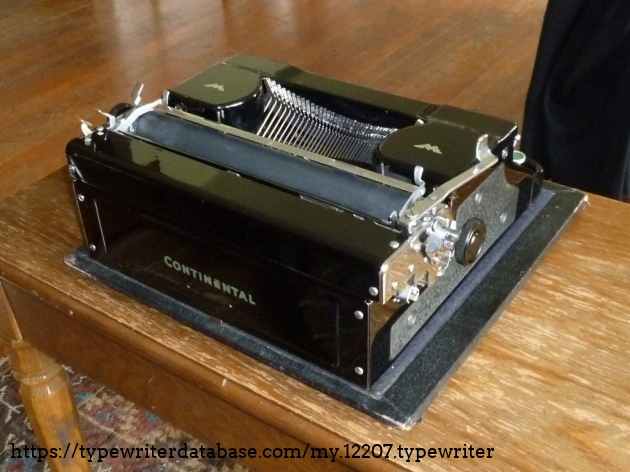
Hunter: Plante and Doole-Fisher Typewriters (venneburgtypewriters)
Plante and Doole-Fisher Typewriters's Typewriter Galleries [ My Collection ] [ My Sightings ]
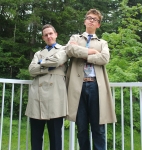
Status: Typewriter Hunter
Points: 2509
This gallery represents the machines owned by good friends Dirk Plante and Sean Doole, who reside in British Columbia, Canada. Together they have established Venneburg Typewriters, a partnership that to date has seen over 400 typewriters since 2009. Here you will find the machines that are currently still in possession or that have come and gone since December 2017.
***As of July 2020, this collection now also represents pieces from the collection of Troy Krahn!
RESEARCH NOTE: When researching the Continental 100 on a computer with lots of screen real estate, you may find that launching the Continental Serial Number page and the Continental 100 By Model/Year/Serial page in new browser windows can give you interesting perspectives on changes throughout the model series.
